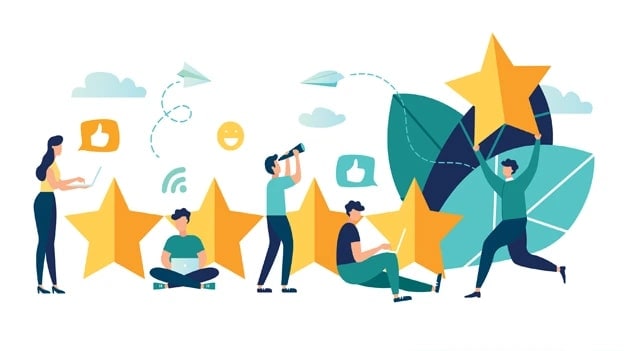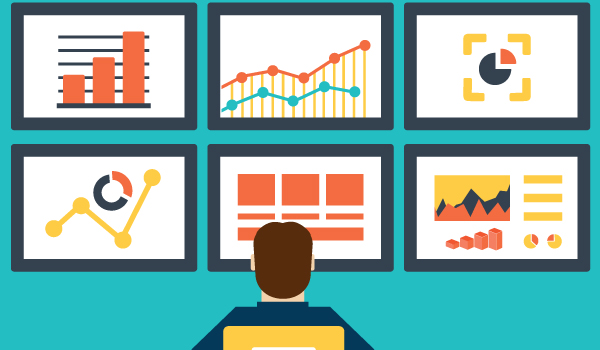
Learn how PossibleWorks can help you
Employee Recognition is a proven tactic to increase employee engagement and increase productivity. Top companies globally have adopted comprehensive systems of recognition and appreciation to engage and retain their top talents.
As Eraldo Bonovac points out,
“Motivating employees to work at their full potential is the main premise of successful management.”
To get the best work out of your employees, management needs to adopt techniques that will motivate them to work at their full potential. Recognition is a tried and trusted method to motivate employees in the right direction. To support the claim, a recent survey found 90% of employees feel more motivated when they are appreciated.
“People may take a job for money but they often leave it for more recognition.” – Bob Nelson
Humans are social animals and we live in a society that strives on wanting to be appreciated for what we do. The need to be recognized by our peers and thanked for our efforts increases self-esteem that motivates us to work and receive appreciation in the future as well.
Maslow’s hierarchy of needs theory sheds more light on the science behind recognition. When the need for survival and safety are satisfied, we as human beings have a need to belong and a need to feel recognized and valued.
By adopting an employee recognition system in your organization, you can make recognition a part of your organizational culture and way of working.
Some Statistics that prove why employee recognition is important:
As per Deloitte’s Talent 2020 survey,
As per a recent Employment & Engagement Report, 92% employees are more likely to repeat an action they were appreciated for in the past.
Hence, we can say that to improve the engagement of employees, it is necessary to motivate them. And motivated employees result in more productivity for the organization. Adopting a holistic approach to designing your employee recognition system will result in the reinforcement of key behaviors in line with the company goals and values.
Progressive Organizations are taking a holistic approach to design their recognition strategy. By having a clear strategy, recognition programs can result in creating a lasting impact on employees.
Tie your recognition strategy to business goals to establish key behavior. People who want to be recognized will alter their behavior to desired behavior to receive appreciation. When you align desired behavior to your organization’s goal, you will achieve your objectives faster.

After defining your recognition strategy, consider your audience i.e. the employees within your organization. Consider some questions here,
No recognition strategy can fit all organizations or all its segments. Based on the type of organization, its objectives, culture, and the characteristics of its employees, the recognition framework should be decided. Given enough thought, you could be very creative with your recognition program to make it more impactful and deliver the desired results.

Based on the Recognition Strategy and analysis of your audience, the recognition program is designed. There should be a clear impact of the implementation of a recognition program on the overall organization and employee productivity. Therefore, it is important to design a recognition program that will deliver measurable results.
Some factors to consider for designing a recognition program are:
Designing an employee recognition program that brings the right mix of non-monetary and monetary rewards and defines the type and visibility of recognition can increase employee engagement and in turn increase their productivity.
For any organization, measurement of Return on Investment tells a company how effective the any program or action has been. Similarly, measuring the return on investment in designing and implementing a recognition system should also be considered.
However, despite spending millions, 87% of the organizations don’t measure the returns for a recognition system.
Define what metrics will be considered to measure the impact of an employee recognition system. The impact of a clearly defined recognition strategy and systematic implementation of the employee recognition program will prove vital for an organization to drive change and improve performances.
Companies that go beyond the traditional monetary recognition system and customize their engagement strategies around organizational values, desired behaviors, performance outcomes, culture, tenure, etc. powered with effective recognition system are the ones that distinguish themselves from their peers/competitors.

We live in the era of digitization. In fact as per a recent report,
These statistics prove that businesses have already implemented a digitization strategy in place to remain competitive and progressive with the changing scenario.
Implementing a digital employee recognition program is the need of the hour for any organization. The digital aspect of the employee recognition system enables the employees & the management to access it anytime and from anywhere around the globe.
Best digital employee recognition programs come with added benefits of social recognition. This means that employee appreciation will be visible on a company-wide platform that will proliferate and reinforce employee achievement. This, in turn, satisfies the need for self-esteem for the employees and motivates them to repeatedly demonstrate the desired behaviors and organization outcomes.
One of the basic principles of a recognition program is to create repeated behaviors that can translate into habits and there is no better medium to drive this than a digital recognition platform.
A cloud-based digital employee recognition system also allows organizations to share examples of demonstrated good work to all employees’ organization wide and encourage them to follow suit, driving alignment to larger organizational purpose. A digital recognition platform eliminates geographical boundaries and creates a level playing field for all employees to get appreciated and recognized for their efforts without biases, in a transparent manner. This will foster a healthy organizational environment for employees to work in.
“If you don’t create a great, rewarding place for people to work, they won’t do great work.”- Ari Weinzweig
Another great enabler for an effective recognition program is the frequency. A digital recognition program allows the organization to keep its recognition program open year round while being instant in nature.
“For those who say Recognition doesn’t last, well neither does bathing. That’s why we recommend it daily”– Zig Ziglar
The best part of digitizing your employee recognition system is the mobility and the systematic analysis that provides deeper insights into the implementation of your recognition program, gaps in the desired results, and the previously defined metrics.

Digital recognition platforms allow organizations to completely run and automate complex recognition workflows with little administration. This enables organizations to focus on driving the desired behaviors and not the mechanics of the programs. Following are the must-have aspects that organizations should look for while choosing the ideal platform:

Employee Recognition is not new for companies anymore. Most companies have some sort of employee recognition program already in place. Having a digital employee recognition system to administer these programs will make recognition play a key role in employee engagement and in turn increased productivity.